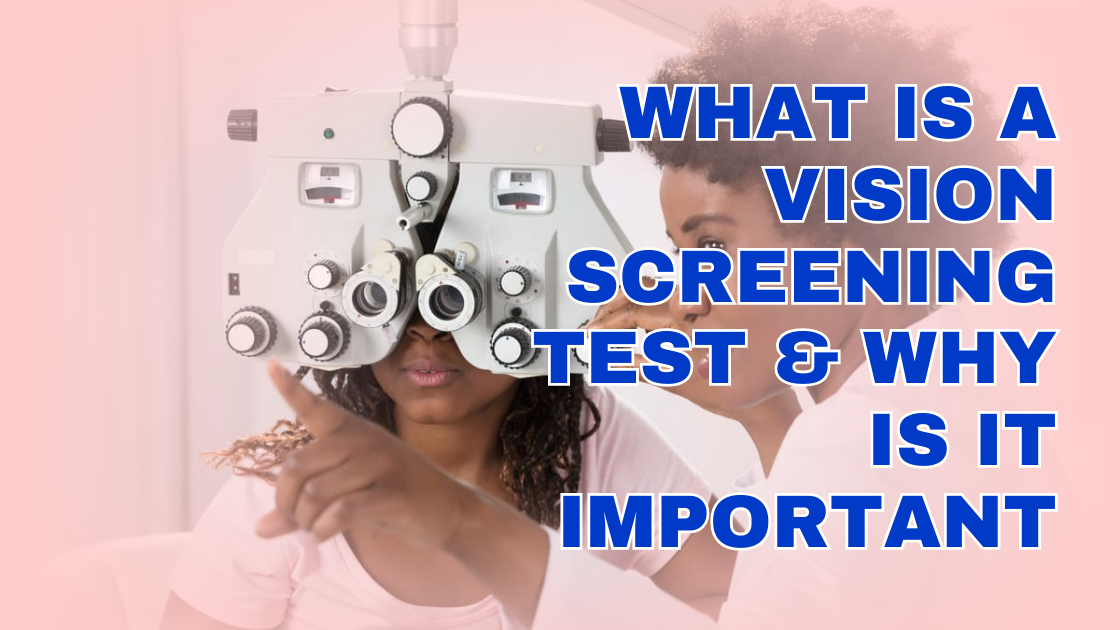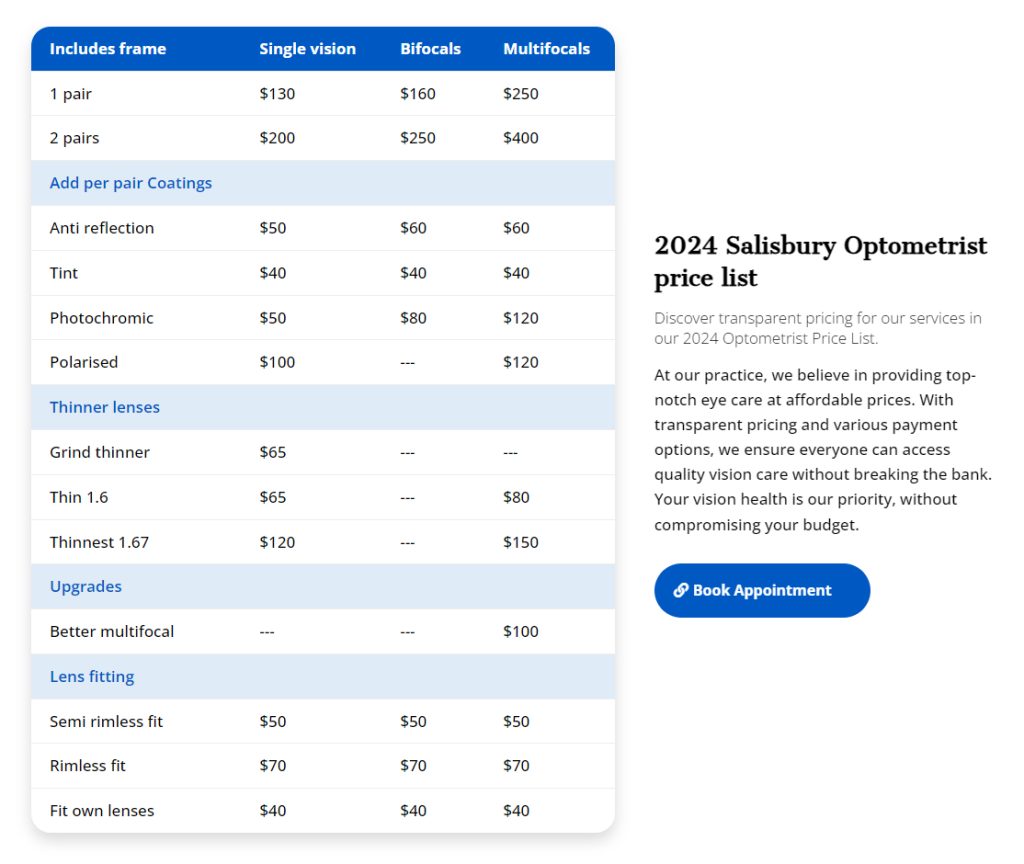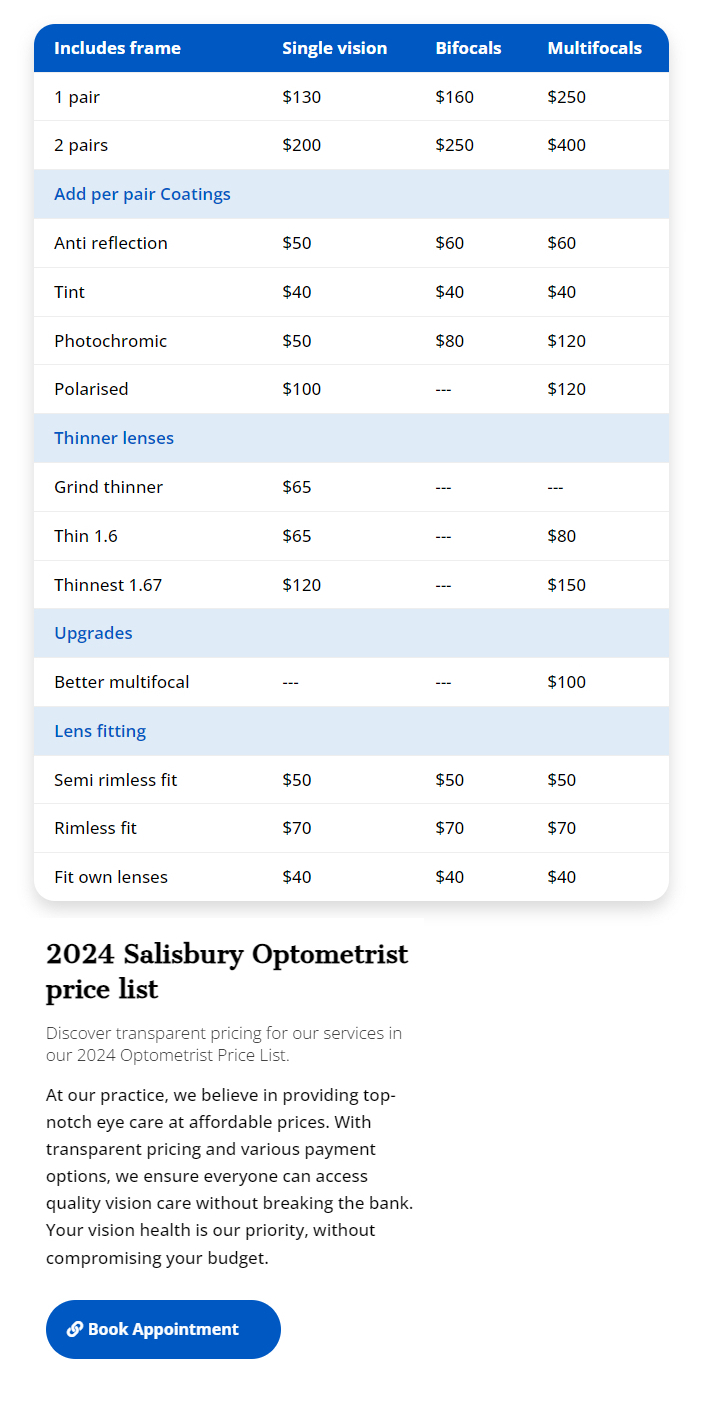Have you ever stopped to think about the health of your vision? Or perhaps, more importantly, have you considered the undiagnosed or untreated vision problems potentially affecting you or your daily work? Vision, a fundamental aspect of our daily lives, often goes overlooked until problems arise. But what if there were a simple yet crucial method to identify these issues before they become severe? Moreover, as we age, the risk of encountering vision impairments only increases, with poor vision and even blindness becoming all too common among older individuals.
Vision screening test—a fundamental tool in eye care that offers a look into the health of our eyes, serving as a crucial first step in the journey towards clearer vision and optimal eye health. But what exactly does this screening do, and how does it work in determining eye health? For all these answers, read this blog and explore its significance, procedures, and why it’s a vital component in maintaining healthy eyesight for all ages.
An Intro To Vision Screening
Vision screening test serves as a foundational test conducted by professionals such as school nurses or family doctors. This basic assessment aims to identify potential eye or vision issues. Despite its simplicity, vision screening plays an important role in identifying reduced vision and eye conditions that could arise later on as a disease if left unaddressed.
Stepwise Screening Procedure
By following this structured screening procedure, individuals can take proactive steps towards preserving their vision and addressing any potential eye health concerns in a timely manner.
- Visual Acuity Testing: The screening typically begins with visual acuity testing, where individuals are asked to identify shapes or letters from a standardized distance. This test assesses how clearly one can see objects at various distances and serves as a foundational assessment of overall vision.
- Inspection of the Eye and Pupils: Following visual acuity testing, healthcare professionals conduct a thorough examination of the eyes and pupils. This includes evaluating the shape, color, and symmetry of the eyes, as well as assessing pupil size and responsiveness to light. Any irregularities observed during this examination may prompt further evaluation or referral to an eye specialist.
- Photoscreening: In some cases, photo screening may be incorporated into the screening process. This innovative method utilizes specialized cameras to capture images of the eyes, allowing for the detection of refractive errors and other abnormalities. Photoscreening offers a quick and non-invasive way to identify potential vision issues, particularly in young children who may struggle with traditional vision tests.
- Interpretation and Referral: Once the screening tests are complete, the results are interpreted by trained healthcare professionals. If any abnormalities or concerns are identified, individuals may be referred to an ophthalmologist or optometrist for further evaluation and possible treatment. It’s essential to follow up on any referrals promptly to address any potential vision problems effectively.
Eye Checkup For Older Age
In contrast to vision screening, comprehensive eye exams are conducted by optometrists or ophthalmologists. These professionals undergo specialized training to diagnose and treat a myriad of eye problems. Through detailed examinations, conditions like age-related macular degeneration, cataracts, or diabetic retinopathy can be identified and addressed promptly.
Regular eye examinations are particularly crucial for older adults, given the increased risk of age-related eye conditions. Individuals over 65 should undergo annual eye examinations to facilitate early detection of conditions such as glaucoma or age-related macular degeneration, thus minimizing the risk of vision loss.
Eye Checkup For Children
Vision screening holds immense significance in pediatric care, where early detection is paramount for healthy development. Unlike adults, children may not exhibit obvious symptoms of eye problems, making routine screenings indispensable. By utilizing age-appropriate methods, best eye specialists assessing the red reflex, vision screenings can identify issues that might impede a child’s learning and development.
Conclusion!
Vision screening is a simple but important way to catch potential issues before they become serious. By following a step-by-step process, including Vision screening tests like reading letters and checking eye health, we can better understand our eyes. If any problems are found, professionals can help us address them early, reducing the risk of losing our vision.
For older adults, regular eye exams by the best eye specialist are essential. They can find and treat age-related conditions that threaten eyesight. For kids, vision screening is vital to catch any issues early on, ensuring they can learn and grow without hindrance. In short, vision screening is a crucial first step in keeping our eyes healthy. But it’s not the only step. Regular eye check-ups are just as important to make sure our vision stays clear and strong. By taking care of our eyes, we can enjoy life to the fullest, seeing all the beauty it has to offer.




0 Comments